Digital Completions in Plant Modifications and Upgrades
Unlike greenfield or any new build construction projects, plant modifications and upgrades present a unique set of challenges. Work is carried out...
3 min read
 Lisa De Vellis, PE
:
Aug 11, 2022 4:11:09 PM
Lisa De Vellis, PE
:
Aug 11, 2022 4:11:09 PM

Going paperless by replacing hard-copy information with digital data benefits engineering, procurement and construction (EPC) businesses and contractors responsible for new build construction projects (as well as upgrades and maintenance) in a multitude of ways.
Increased efficiency, accurate budgeting, improved materials forecasting, fewer errors, ease of progress reporting and streamlined communication are only some of the benefits to paperless construction management systems.
Continue reading to understand why going paperless matters, how paperless systems work, and what the benefits are in new build construction execution, as well as in upgrades and maintenance works.
Despite technological advances, organizations throughout many sectors remain entrenched in old-fashioned ways of doing things. Institutions and individuals are naturally reticent to change. Relying on hard-copy information and word of mouth, for example, to manage and execute complex construction and maintenance projects, is laborious and prone to error.
Digitizing information, changing the way project information is managed from hard-copy dossiers to digital systems reduces error, saves time and opens up a multitude of potential to further advance ways of working towards increased innovation, safety and return on investment.
In the context of new build construction as well as upgrades and maintenance of industrial and other complex facilities, the traditional reliance on paper-based engineering drawings, asset specifications and work packs, for example, is all replaced with digital systems. When software is cloud-based and compatible with remote handheld technologies, projects benefit from additional layers of quality assurance as well as remote management and more well-informed decision making capabilities.
All paper information is converted into digital form – someone has to input this data either by data entry and/or by scanning hard-copy documents. It’s easier, however, to start from the ground up, capitalizing on technologies such as barcodes, QR codes and the like. Then, it’s simply a matter of scanning components so that information attached to a given component is stored in the digital system in a way that is organized, accessible and able to be queried.
This process is called digitization. Specialized software solutions consolidate this digitized information, where it resides in a cloud-based database, remotely accessible from anywhere on a handheld or other device. Centralized databases of this nature establish a so-called single source of truth. This eliminates any room for confusion, ambiguity or incorrect assumptions regarding real-time onsite project status.
Industrial software solutions optimize all construction phases including planning, execution and handover, as well as upgrades and maintenance, all while ensuring projects remain safe, on time and on budget.
Establish and commit to a broad vision for digital transformation (DX).
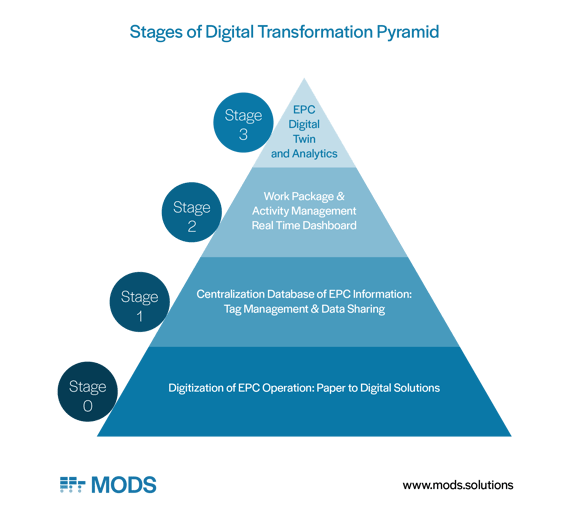
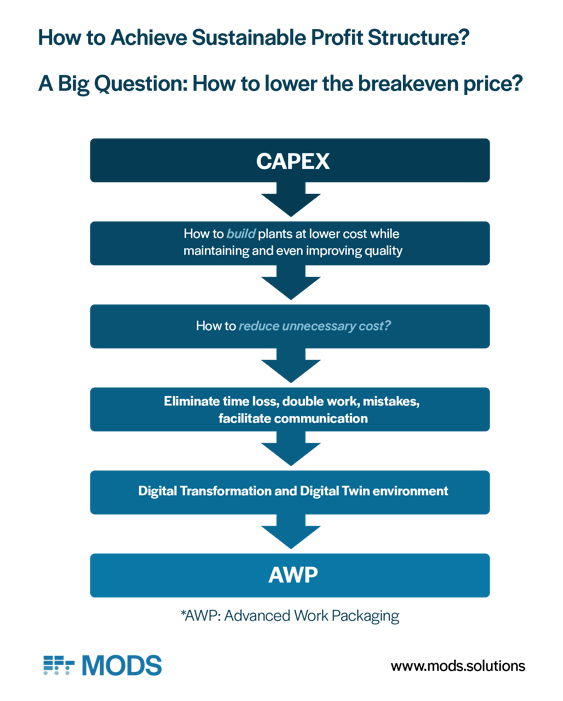
The benefits of going paperless in construction planning and execution for EPC businesses are:
Paper-based systems waste time and money in new build construction execution as well as maintenance and upgrades of industrial and other complex facilities. Information is often lost between project phases and especially when handing the facility or asset(s) back over to the client.
Digital systems reduce or even eliminate paper from the equation, ensuring maximum efficiency and quality-assured work that satisfy both EPC companies and clients alike. This is especially the case when contractors are able to handover a comprehensive digital database containing all project information and historical data over to the client.
Industrial software solutions remove the burden and waste of paper, offering a single source of information for your asset(s), facility or project, accessible from anywhere by anyone from site to office.
If you are interested in more information on digitalization for the energy industry and beyond,  to our blog and receive a monthly dose of interesting and useful information.
to our blog and receive a monthly dose of interesting and useful information.
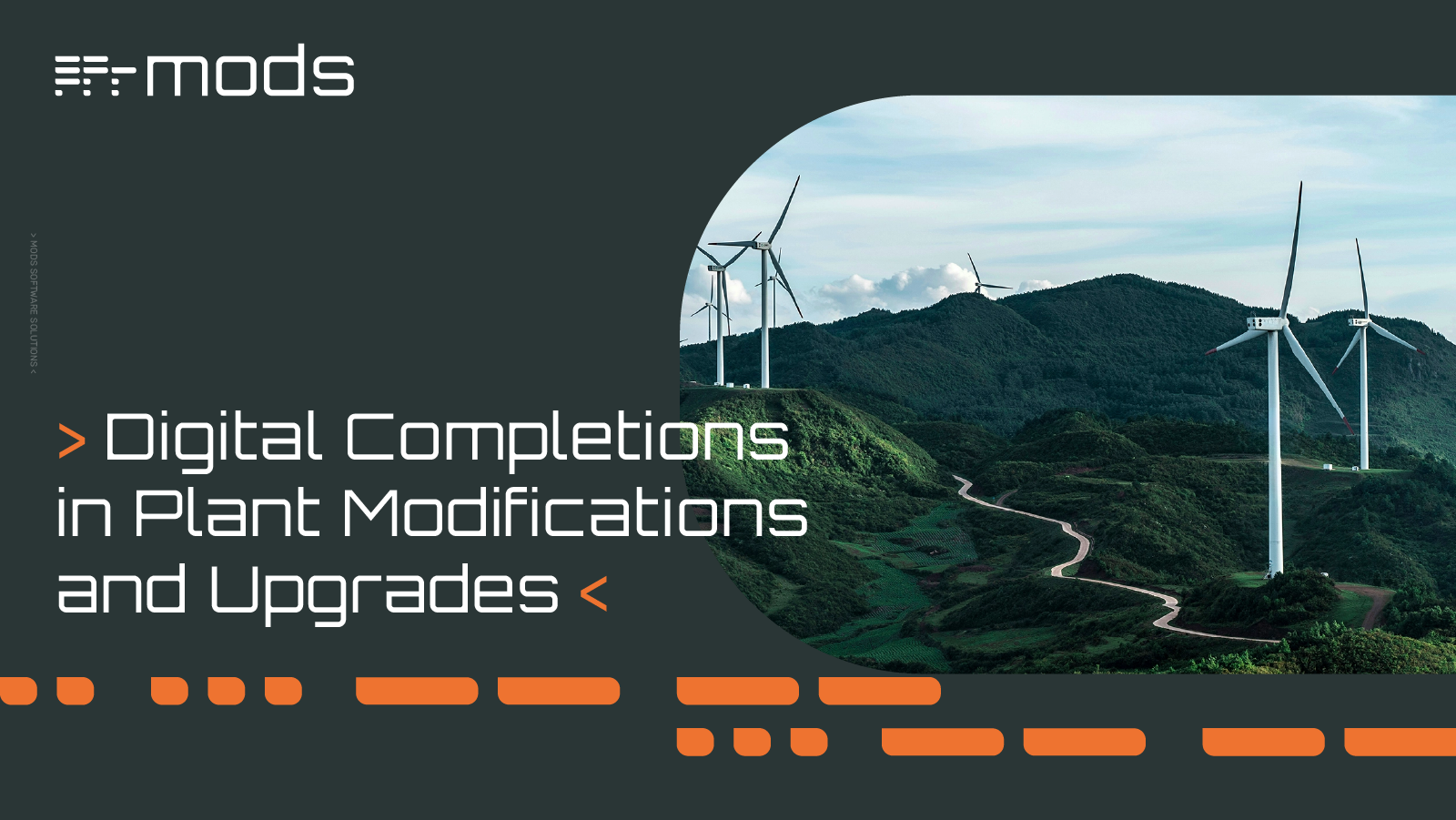
Unlike greenfield or any new build construction projects, plant modifications and upgrades present a unique set of challenges. Work is carried out...
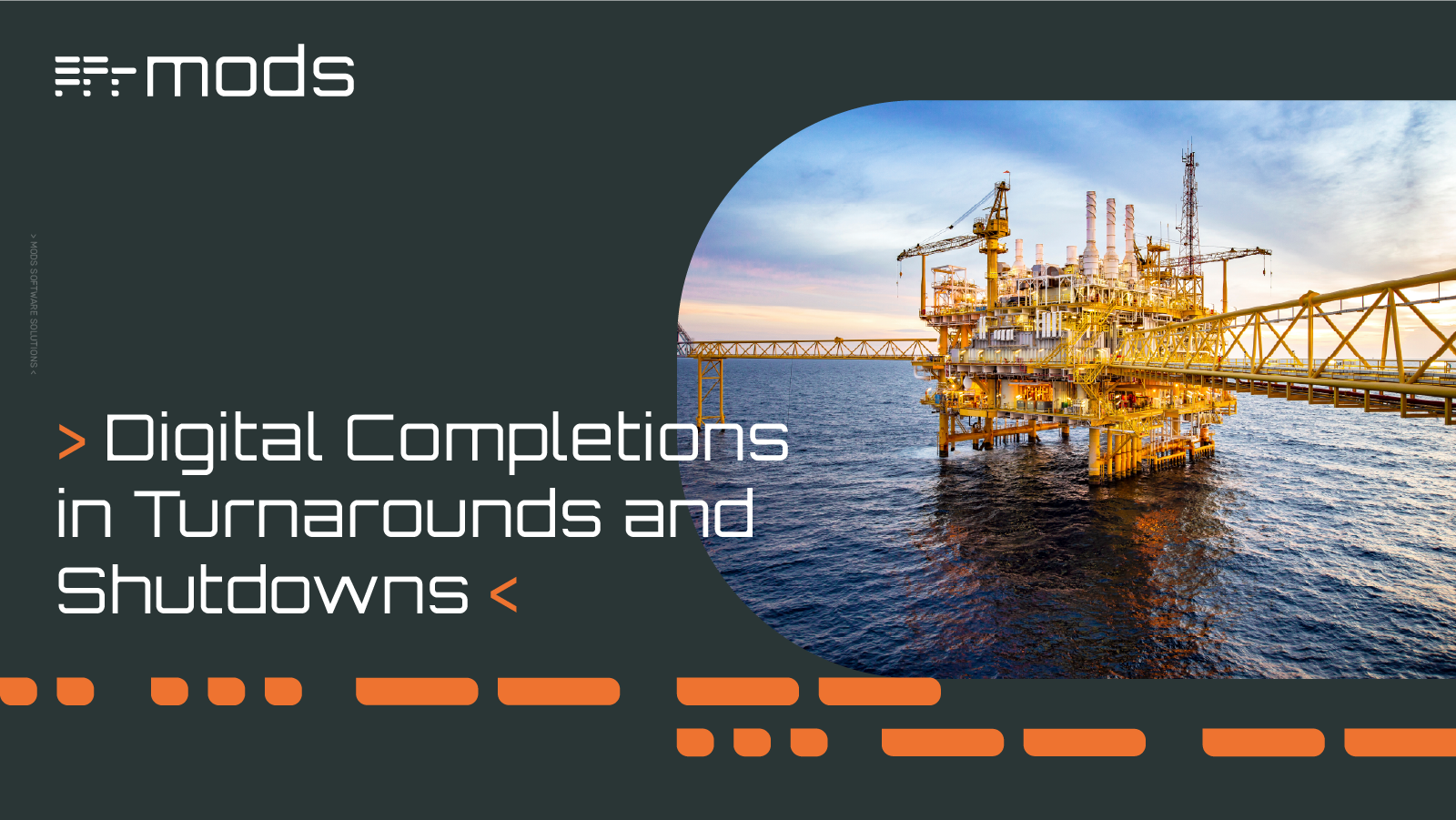
Turnarounds and shutdowns are among the most critical—and stressful—phases in the management and operation of industrial assets. These planned...
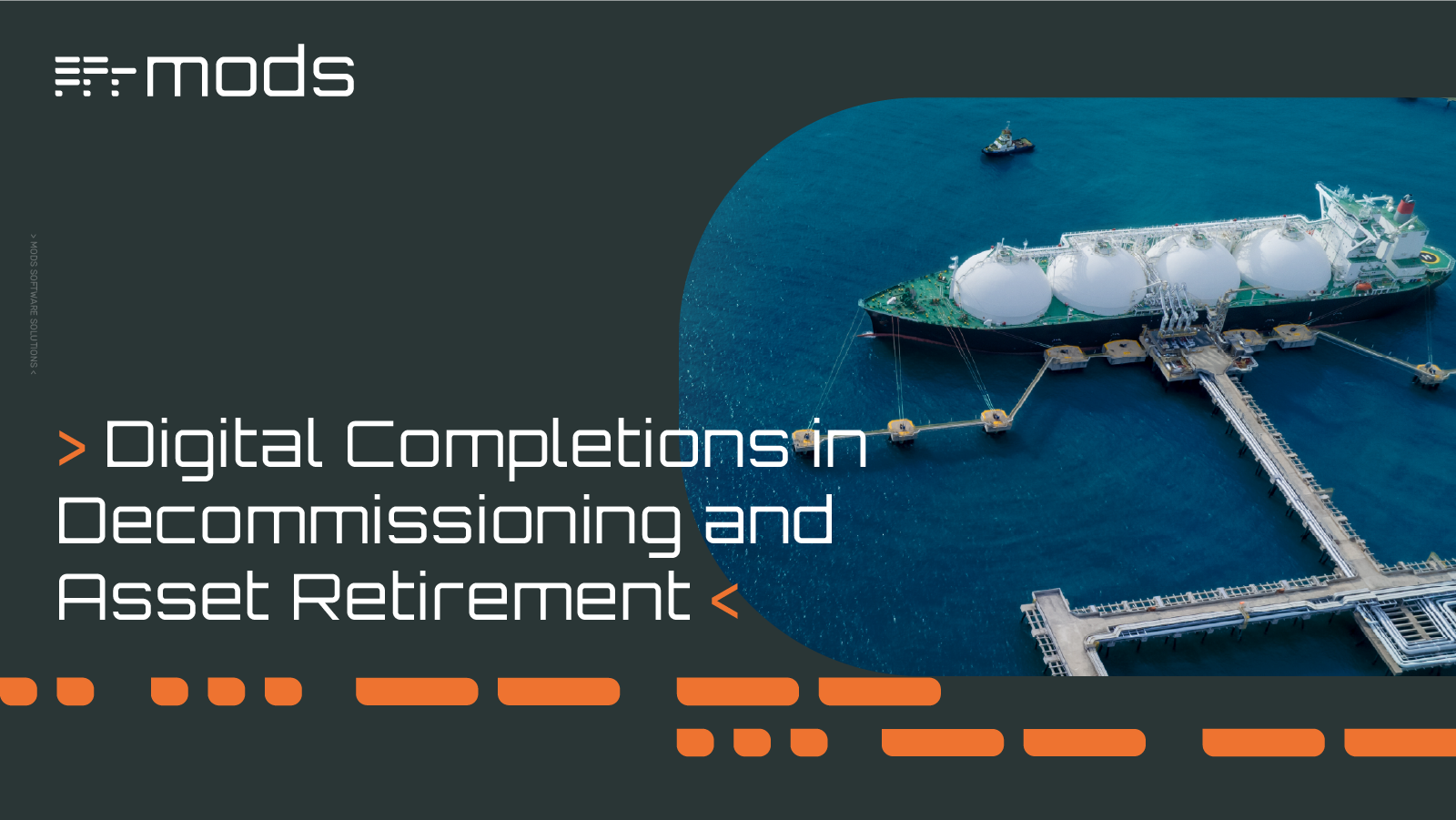
Offshore decommissioning and asset retirement present significant logistical, regulatory, safety, fiscal and reputational challenges. The process of...

Managing materials during a project is critical to project success regarding cost, integrity, and productivity. Most materials linked processes, such...

Chevron Australia, in partnership with AusGroup Limited (AGC) and other stakeholders, have achieved a remarkable one-hundred percent paper-to-digital...

As the world is rapidly advancing into the 4th industrial age, Oil & Gas continue to remain essential to the energy sector and a key enabler for the...